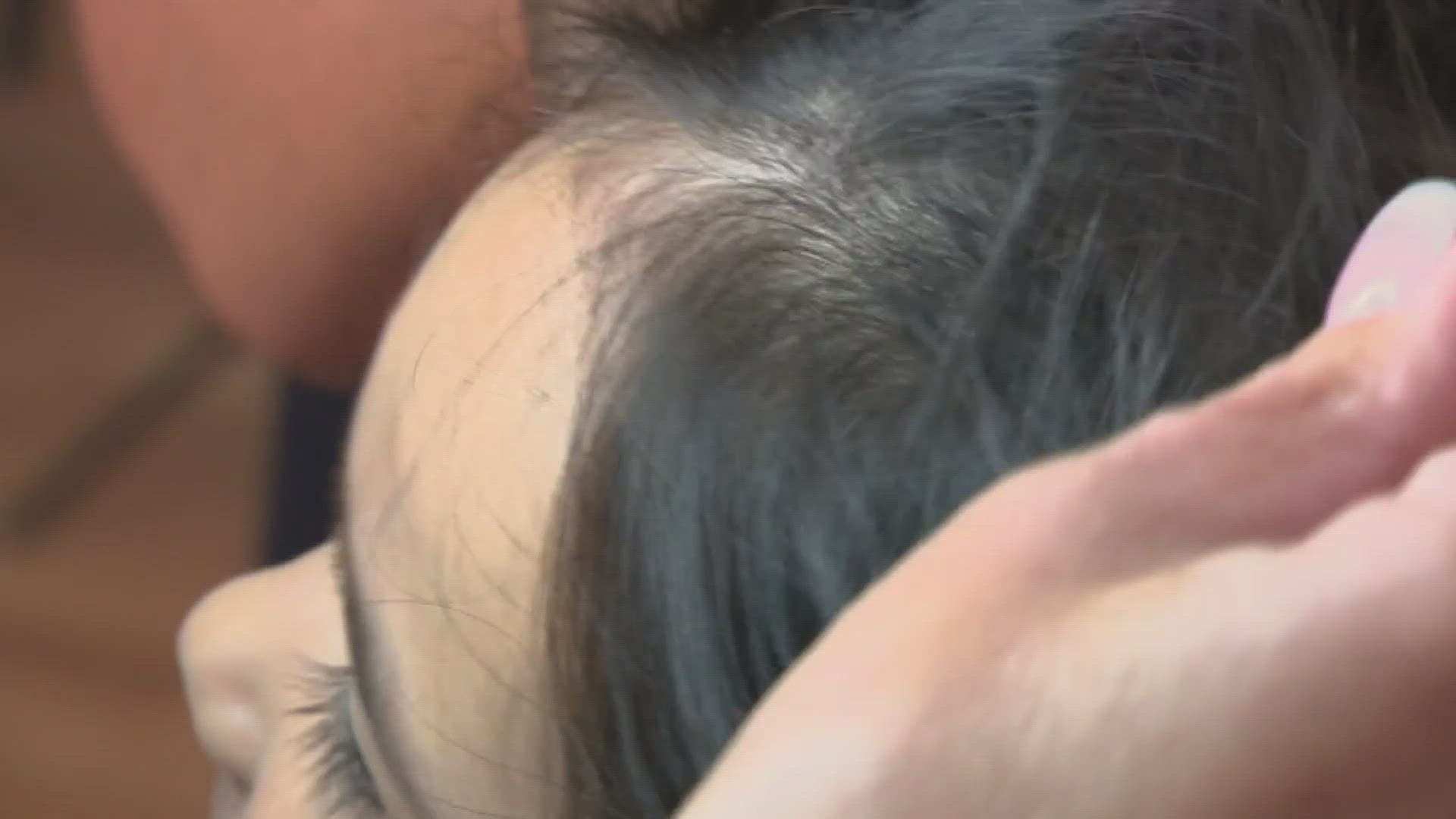GREENSBORO, N.C. — Sports, camps, sleepovers, and family vacations make the summer a perfect time for head lice to thrive. But as kids gather together, don’t scratch your head trying to figure out what to do about the insects. Stay calm with these tips from Consumer Reports, which will help you beat lice and avoid an itchy summer.
Lice. Just the word can make anyone’s head feel itchy! Every year 6 million to 12 million children get head lice, according to the Centers for Disease Control and Prevention. But as annoying as they are, they’re not dangerous.
"Lice don’t transmit disease, but they can spread easily from person to person, and their bites can make the scalp itchy and irritated. And sometimes the scratching can lead to infection," said Catharine Roberts, Consumer Reports.
If a friend, relative, or your child’s school or camp reports a head lice infestation, inspect your child right away. Look for tiny yellow or white eggs or nits.
"Over-the-counter products like permethrin are unlikely to offer much relief because many lice are now resistant to that chemical and others. And certain other prescription pesticide treatments, like Malathion and Lindane, can have concerning side effects," said Roberts.
Some studies show that a nonpesticide ingredient, dimethicone, found in products such as Nix Ultra and LiceMD, can kill lice by suffocating them.
GETTING RID OF LICE: THE PROCESS
One of the best methods for treating lice is combing them from wet hair as long as your child can tolerate it. If not, also effective are prescription topicals Spinosad and Natroba, and over-the-counter topical Ivermectin.
For combing nits out, you’ll need to shampoo the hair first, then use a lubricant like a conditioner or olive oil to make it easy to comb. Separate the hair into small sections. Then use a thin-toothed metal comb, concentrating on the areas close to the scalp.
As you work, wipe the comb on a paper towel and inspect for lice. Keep combing until you no longer find any, then rinse your child’s hair with water.
You’ll want to repeat the same process every three to four days for several weeks. That’s because the eggs may still hatch for up to a week. A good rule to follow is to continue combing for two weeks after the last adult insect is found. And if your child has head lice, all household members should be checked and treated, if necessary.

